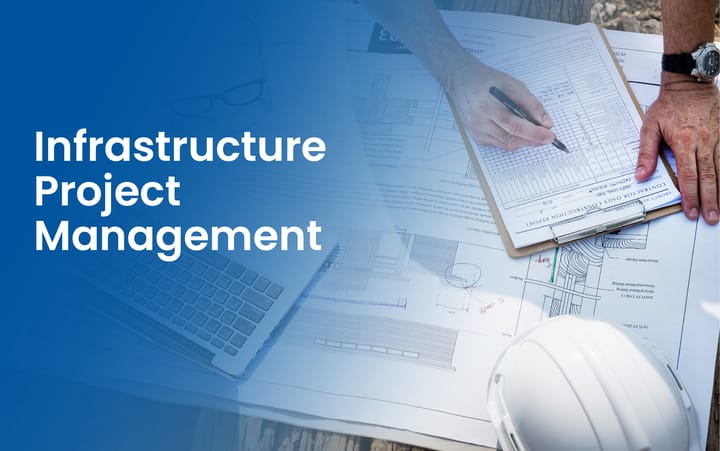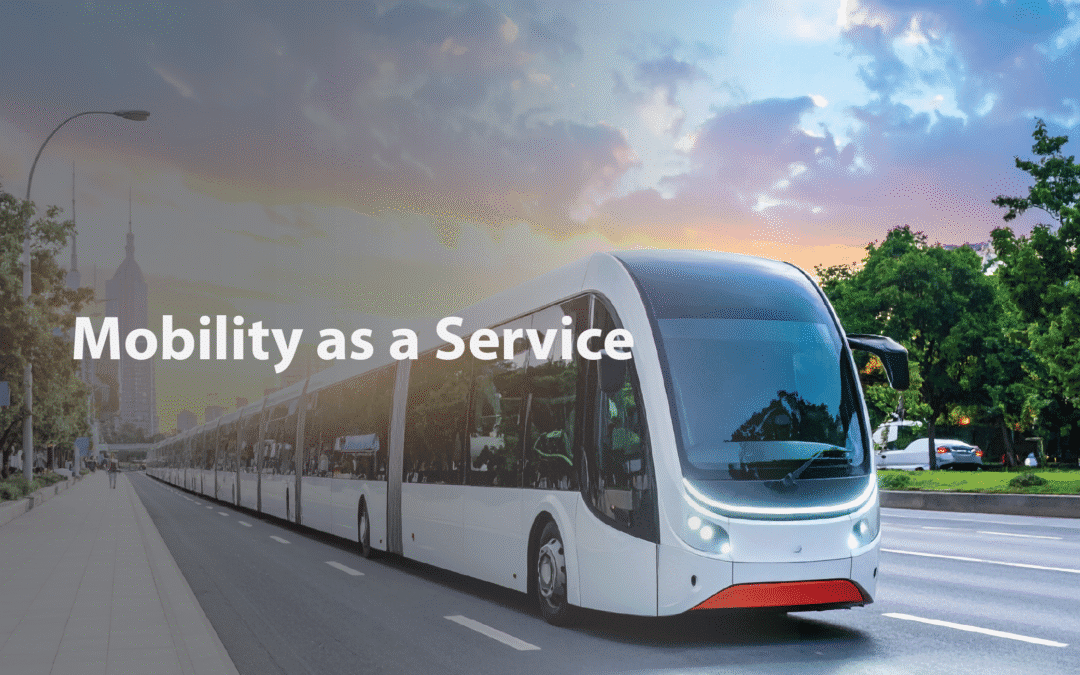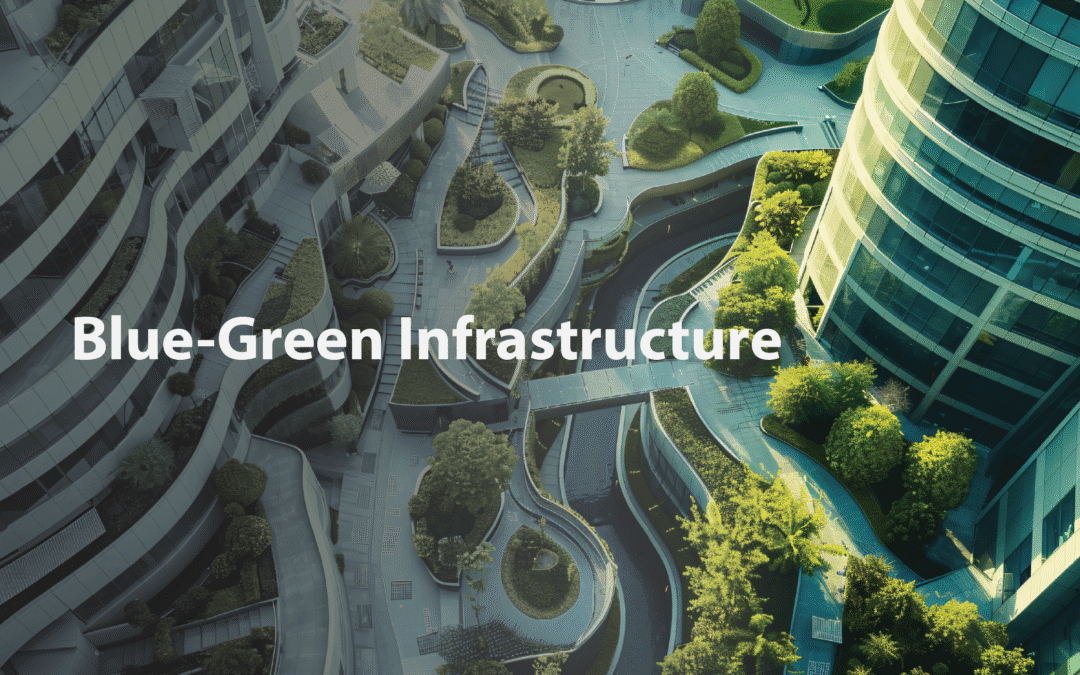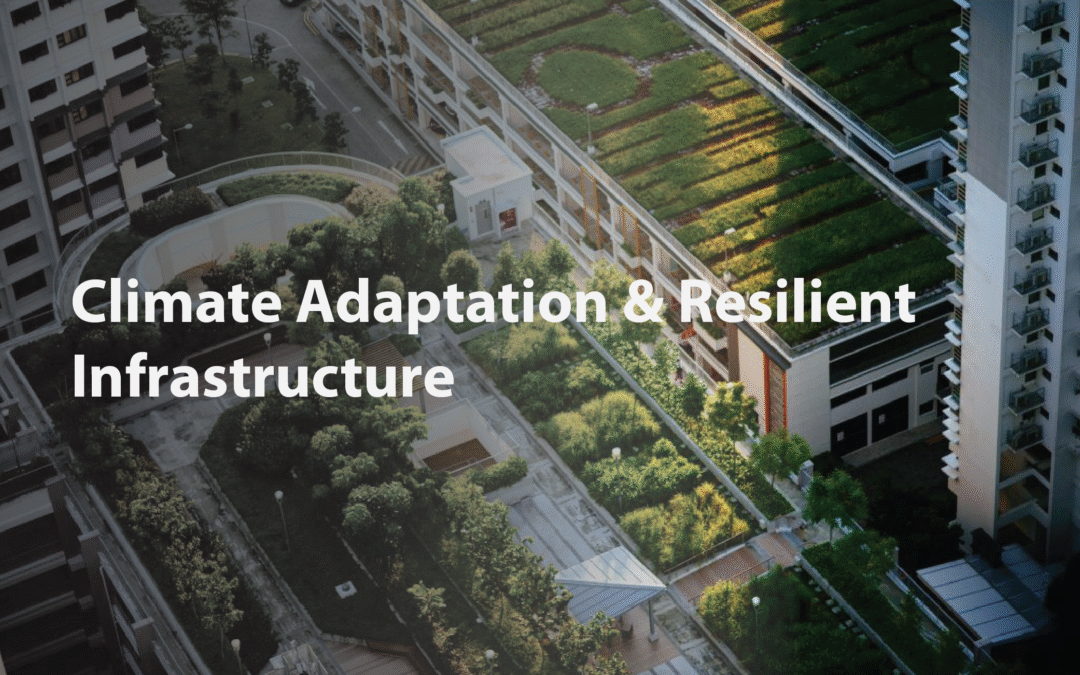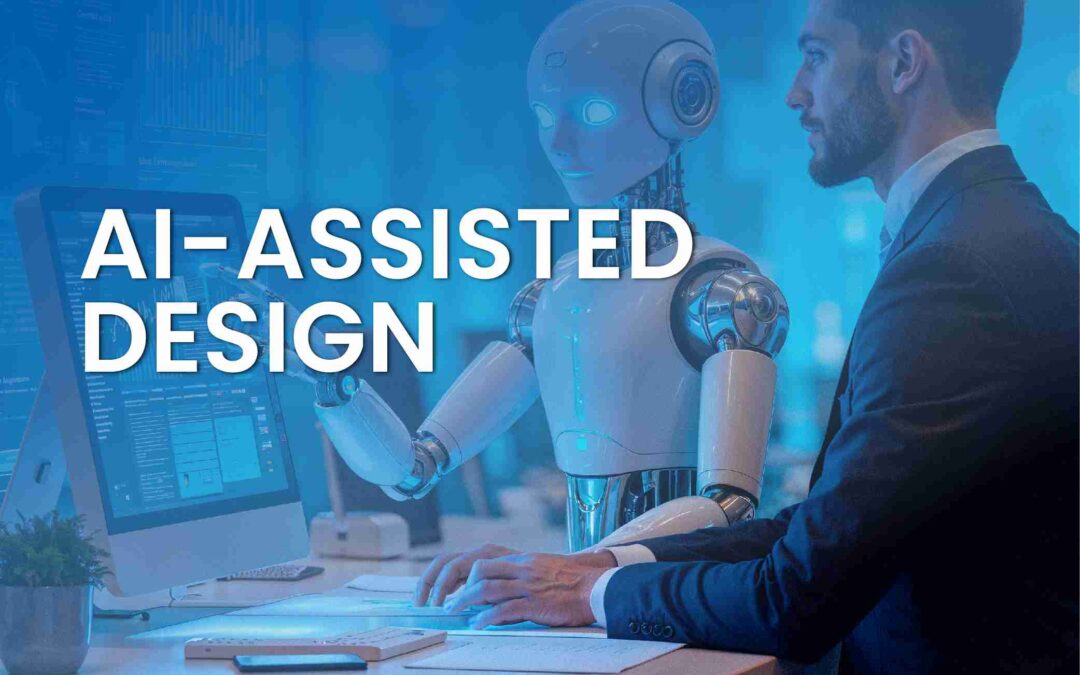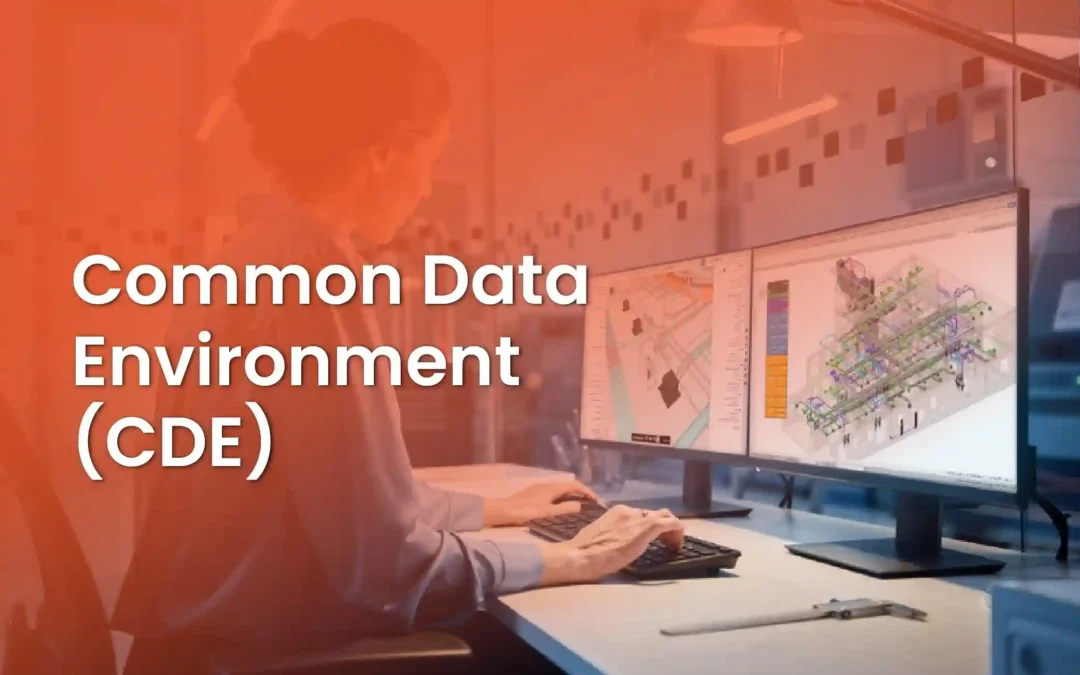Infrastructure Project Management in 2025 is more complicated and essential than ever before. These are not just construction projects; they are the driving force for the nation’s future, shaping economies and communities. However, what is so rigorous about infrastructure projects? And how can project managers work through the complexities of infrastructure project management to deliver them on time and within the budget? In this guide, we will discuss the attributes of infrastructure project management, approaches to managing projects, information, and tools that you can use to avoid costly mistakes, and the proper management mindset to think ahead regarding project delivery.
What Is Infrastructure Project Management?
Infrastructure project management is a specialized subsector of project management that plans, executes, and monitors projects that create, maintain, or improve the basic facilities and systems too vital to the functioning of society. Unlike standard project management, infrastructure management operates at an enormous scale, in complex regulatory regimes, and at the highest level of public scrutiny. Think large and complex transportation systems, fundamental utilities, complicated energy grids, and the rapidly emerging phenomena of smart cities. Undertaking infrastructure projects requires a unique combination of technical ability, strategic planning, and a nuanced engagement with multiple stakeholders.

Key Challenges and How to Solve Them
Infrastructure projects are riddled with uncertainties, making them inherently difficult, which introduces substantial barriers to completion. Recognizing the challenges is the first step to surmounting them.
Cost Overruns
Cost overruns are the most notorious obstacle in infrastructure project management, which means a substantial increase in the project budget. Cost overruns can occur due to numerous reasons, including:
- Lack of upfront planning coupled with substantial underestimation of the project complexities.
- A poorly defined project scope, with changes to scope occurring in some cases daily.
- Ineffective risk management, which does not consider the financial implications of unforeseen events or mitigate their impacts on the budget.
- Procurement inefficiencies or poor management.
- Delays due to regulatory hurdles, land issues, or stakeholder conflict.
Solution:
- Utilizing an effective and integrated set of construction cost estimating tools.
- Utilizing agile and Lean Construction principles that focus on continual value delivery and waste minimization.
- Establishing regular, transparent financial reporting with stringent change control mechanisms.
- Seeking early involvement of specific legal and regulatory expertise in the planning phase to avoid future compliance issues and delays.
Stakeholder Conflicts:
Infrastructure project management is fundamentally complicated, not only technically but also in finding consensus among the groups of people impacted and involved in these projects. Managing and working through the divergent interests of people significantly impacts project success, but also presents challenges to completing a project promptly, since conflict can delay the resolution of divergent views.
- Complex networks of stakeholders: governments, private contractors, multiple agencies at the local, regional, and provincial level, local neighborhoods and communities, environmental organizations, and others.
- Conflicting priorities and objectives among combinations of stakeholders.
- Poor communication, or lack of early and consistent engagement.
Solution:
- Create a detailed Stakeholder Engagement Plan at the beginning of the project.
- Identify all relevant party stakeholders and understand their interests and concerns.
- Develop communication channels for each group of stakeholders according to their needs and concerns.
- Develop a collaborative decision-making process that encourages consensus among stakeholders, and allow time for each stakeholder group to bring concerns to the table before they become contentious issues.
- Develop the basic principles of proactive conflict resolution, including independent mediation when necessary.
Regulatory Delays:
Regulatory processes are among the most complex and time-consuming components of infrastructure project management. Time spent on permits, environmental approvals, and other legal compliance significantly affects project schedules and costs.
- Lengthy timelines for obtaining environmental approvals, as well as potential community opposition, can cause project delays.
- Land acquisition commonly leads to disputes and lengthy discussions with landowners.
- Inadequate engagement with regulatory authorities almost always leads to unforeseen obstacles.
Solution:
- Identify early regulatory due diligence and complete legal reviews as soon as project planning begins.
- Involve specialty lawyers and regulatory groups having established relationships and relevant local and national expertise.
- Maintain proactive involvement in the overall development process and maintain engaged, collaborative, and positive relationships with all relevant authorities.
- Identify realistic timeframes and leave adequate buffers.
- Identify contingency budgets that could be used if permitting timelines were to disrupt the overall program.
- Engage communities early and openly in consultation for any public and/or environmental enquiries.

The Infrastructure Project Lifecycle
Understanding the distinct phases of an infrastructure project is crucial to managing the project effectively. Find below the five basic phases:
Feasibility and Planning:
The first phase covers the comprehensive cost-benefit analysis, site selection, and risk assessment. This phase determines the project’s viability.
Design:
For the second phase, ideas are cast into drawings. Integrating Building Information Modeling (BIM) becomes an effective method for collaborative design, clash detection, and holding all parties accountable for sustainability as part of the design process.
Procurement:
This phase determines the acquisition of resources. Choices can range from Public-Private Partnership (PPP), which involves private sector funding and expertise, to Engineering, Procurement, and Construction (EPC) contracts, where a single contractor handles everything.
Construction:
In this phase, waste can be reduced and workflows improved through Lean Construction Principles. Here, real-time monitoring is done through sensors and drones, providing progress tracking and problem detection.
Operations and Maintenance:
In this phase, the assets are put to use with the emphasis on how to manage them over time for as long as possible. Here, predictive analytics becomes essential, providing maintenance when things start to fail. This will provide decision makers with knowledge about when to reduce operational costs.
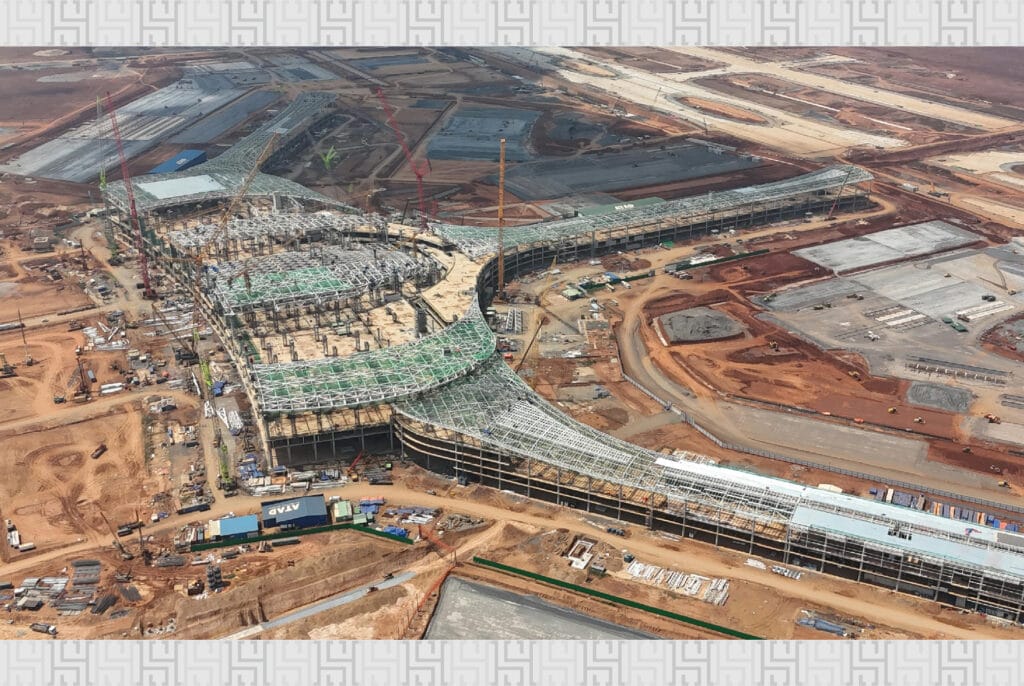
Emerging Trends in Infrastructure Project Management
The infrastructure sector is changing rapidly, integrating new technologies and methodologies to improve project delivery:
Digital Twins
Digital twins create digital replicas of physical assets, allowing project tracking, performance simulation, and predictive maintenance throughout the entire lifecycle, providing unprecedented insight and control.
AI in Scheduling
Artificial intelligence is transforming project scheduling through dynamic resource allocation, optimizing timing based on real-time data, and predicting possible delays using voyage and machine learning algorithms.
Green Infrastructure
Projects are transforming from traditional concrete and steel to increasingly employing more ecological designs. This includes the use of semi-natural designs for stormwater parks, natural flood control, carbon-negative materials, and designs that encourage biodiversity and the urban heat island effect.
Must-Have Tools & Software in Infrastructure Management
Strong software solutions are essential for managing infrastructure projects effectively:
Scheduling:
While Asta Powerproject provides strong capabilities for comprehensive project control, Primavera P6 remains the industry standard for large-scale, complex scheduling.
Collaboration:
Autodesk Construction Cloud offers a single platform for field execution, planning, and design. Procore provides a range of tools for resource tracking, financial management, and project management.
Risk Analysis:
Performing quantitative risk analysis, modeling uncertainties, and forecasting possible outcomes are all made possible by tools such as @risk and Monte Carlo simulations, which enable proactive mitigation techniques.
And now, you know everything related to infrastructure project management. For more information, contact HS Group or Infra Construction via +971 2 650 7741.

FAQ
What is the Biggest Mistake in Infrastructure Project Management?
Inadequate planning, underestimating complexity, and failing to manage stakeholder expectations and regulatory obstacles early on are the biggest mistakes in infrastructure project management.
How to Manage Subcontractors in Large Projects?
Clear contracts, strong communication protocols, strict performance monitoring, on-time payments, and cultivating a cooperative rather than antagonistic relationship are all necessary for effective subcontractor management in major projects.
Which PM Certification is Best for Infrastructure?
Although PMP (Project Management Professional) is widely accepted, infrastructure project management greatly benefits from certifications such as PgMP (Program Management Professional) or specialized training in large-scale project delivery, as well as industry-specific knowledge (such as civil engineering licenses).

